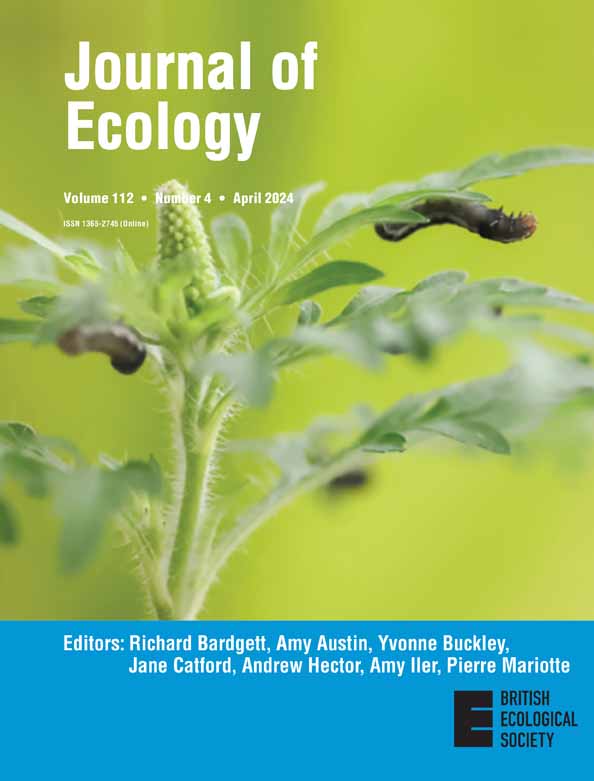Ver ítem
- xmlui.general.dspace_homeCentros Regionales y EEAsCentro Regional Patagonia NorteEEA BarilocheArtículos científicosxmlui.ArtifactBrowser.ItemViewer.trail
- Inicio
- Centros Regionales y EEAs
- Centro Regional Patagonia Norte
- EEA Bariloche
- Artículos científicos
- Ver ítem
Unintended consequences of planting native and non-native trees in treeless ecosystems to mitigate climate change
Resumen
Naturally treeless ecosystems are being replaced by native and non-native trees worldwide, often through deliberate afforestation using forestry tree species. By introducing species having novel traits, such as relatively rapid growth, many afforestation efforts also produce numerous changes in ecosystems, at the landscape scale. Trees are considered critical for climate change mitigation; indeed, many current carbon sequestration strategies rely on
[ver mas...]
Naturally treeless ecosystems are being replaced by native and non-native trees worldwide, often through deliberate afforestation using forestry tree species. By introducing species having novel traits, such as relatively rapid growth, many afforestation efforts also produce numerous changes in ecosystems, at the landscape scale. Trees are considered critical for climate change mitigation; indeed, many current carbon sequestration strategies rely on trees. Planting trees or allowing trees to naturally colonize through range expansions can be seen as an ideal way to increase atmospheric carbon capture. For example, a snapshot approach may show that introducing trees into treeless ecosystems enhances aboveground accumulation of carbon, helping increase ecosystem carbon storage. However, considering other impacts such as reductions in soil carbon or albedo and increased fire severity (through increases in fuel loads and connectivity) reduces the effectiveness of afforestation strategies for climate change amelioration. Additional negative impacts of afforestation are also likely, such as the reduction of native biodiversity and productivity, substantial water yield losses, and changes in nutrient cycles, which can exacerbate other global change drivers. Further, tree invasions originating from afforestation can exacerbate these negative impacts. Synthesis. This review highlights that the positive and negative impacts of planting trees in naturally treeless ecosystems as a strategy to mitigate climate change are idiosyncratic, depending on the location where trees are introduced, the time period trees are allowed to grow, and risks of spread and impacts associated with specific tree species. Although planting trees can potentially be a tool to fight climate change, a greater consideration of their impacts is required to minimize the unexpected negative consequences of afforestation efforts.
[Cerrar]

Autor
Moyano, Jaime;
Dimarco, Romina Daniela;
Paritsis, Juan;
Peterson, Tess;
Peltzer, Duane A.;
Crawford, Kerri M.;
McCary, Matthew A.;
Davis, Kimberley T.;
Pauchard, Aníbal;
Nuñez, Martin Andrés;
Fuente
Journal of Ecology : 1-12. (First published: 26 March 2024)
Fecha
2024-03
Editorial
Wiley
ISSN
0022-0477
1365-2745
1365-2745
Formato
pdf
Tipo de documento
artículo
Palabras Claves
Derechos de acceso
Restringido
 Excepto donde se diga explicitamente, este item se publica bajo la siguiente descripción: Creative Commons Attribution-NonCommercial-ShareAlike 2.5 Unported (CC BY-NC-SA 2.5)
Excepto donde se diga explicitamente, este item se publica bajo la siguiente descripción: Creative Commons Attribution-NonCommercial-ShareAlike 2.5 Unported (CC BY-NC-SA 2.5)


